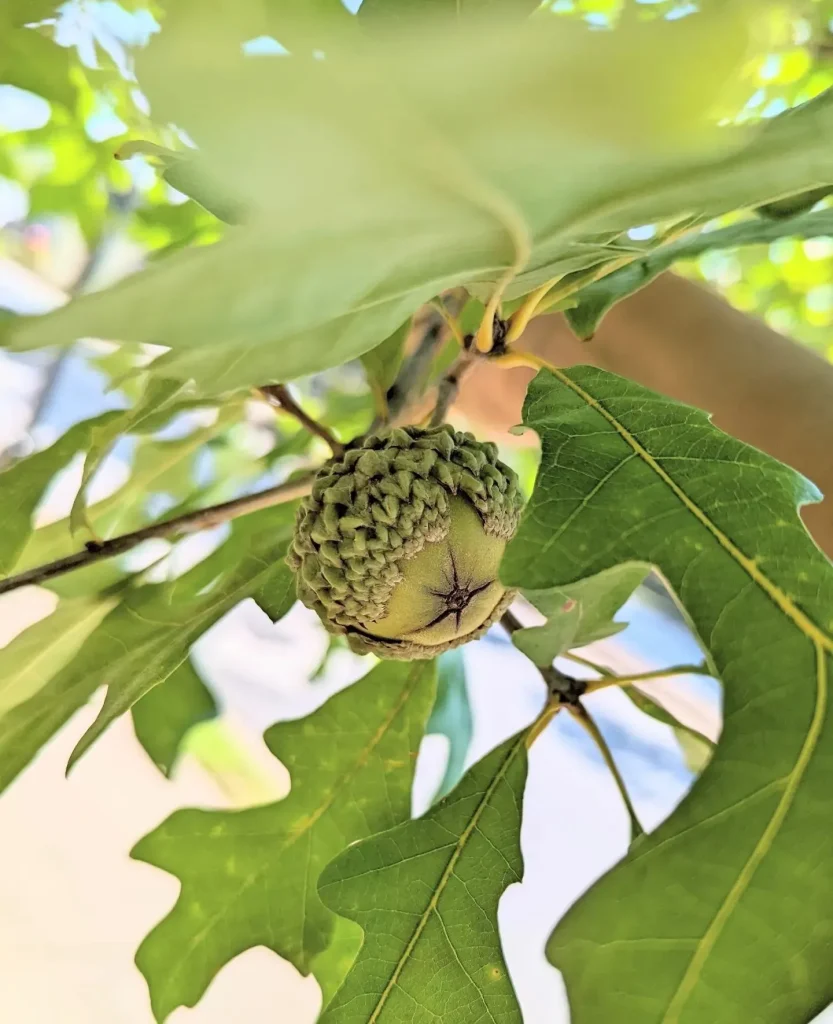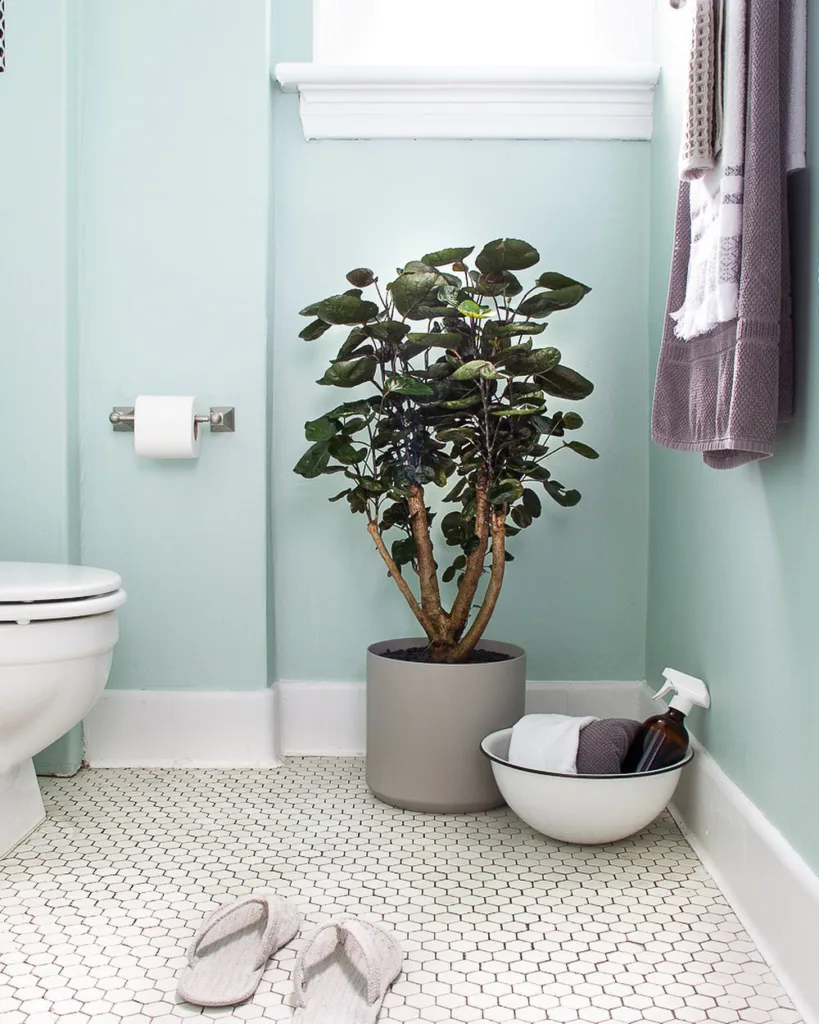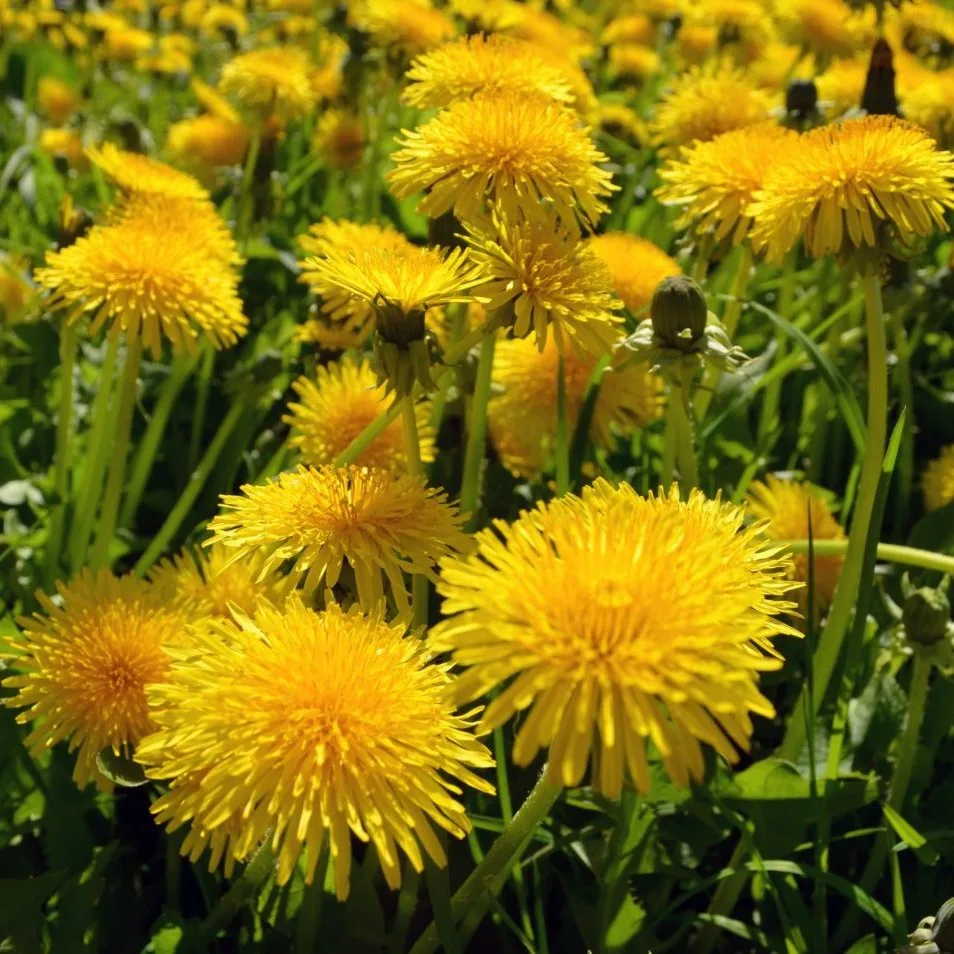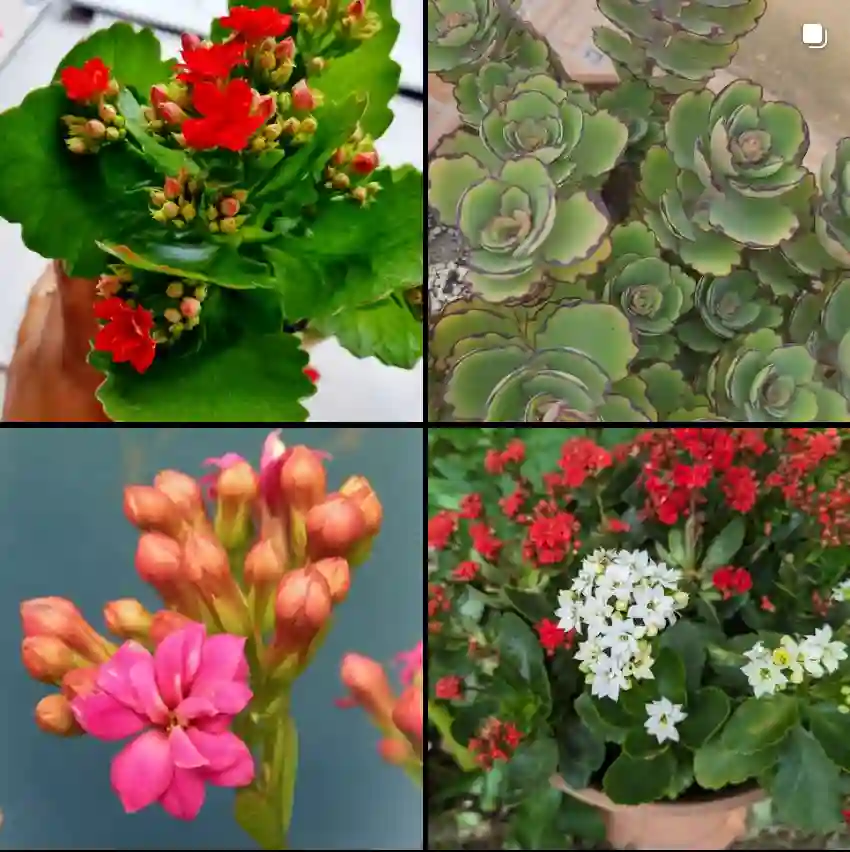FAQs About Aristolochia Tomentosa
As a plant enthusiast, I often come across questions about Aristolochia Tomentosa, also known as the Woolly Dutchman’s Pipe. This intriguing vine is prized for its unique appearance and robust growth. Here’s a comprehensive guide based on my experiences with this plant, covering the most frequently asked questions.
553 Species in Genus Aristolochia
What Is Aristolochia Tomentosa?
Aristolochia Tomentosa, or Woolly Dutchman’s Pipe, is a perennial vine native to the southeastern United States. Known for its distinctive, pipe-shaped flowers and velvety leaves, it’s a striking addition to any garden. The plant is part of the Aristolochiaceae family, which includes several species of pipevines. Aristolochia Tomentosa thrives in a variety of conditions, making it a versatile choice for gardeners.
How to Care for Aristolochia Tomentosa?
Caring for Aristolochia Tomentosa is relatively straightforward, but a few key points are essential for its health and vigor:
- Light: This plant prefers full sun to partial shade. In cooler climates, it can tolerate more shade, but in warmer regions, full sun is ideal.
- Soil: It thrives in well-drained soil, rich in organic matter. While it’s not overly picky, ensuring good drainage is crucial to prevent root rot.
- Watering: Regular watering is necessary, especially during dry spells. However, avoid waterlogging. A consistent moisture level is best.
- Fertilizing: Feed it with a balanced fertilizer in the spring and summer to promote healthy growth and abundant flowering.
How to Propagate Aristolochia Tomentosa?
Propagating Aristolochia Tomentosa can be done through several methods:
- Seed: Collect seeds in late summer or early fall. Sow them in a seed tray with well-drained soil. Keep the soil moist and in a warm environment until germination, which usually takes a few weeks.
- Cuttings: You can also propagate this plant through cuttings. Take a 4-6 inch cutting from a healthy vine, remove the lower leaves, and plant it in a pot with well-drained soil. Keep the cutting moist and in a warm, sunny spot until it establishes roots.
What to Plant With Aristolochia Tomentosa?
Aristolochia Tomentosa pairs well with other climbing plants and groundcovers. Consider these options:
- Clematis: Their contrasting flowers and climbing habits complement each other well.
- Hostas: The large, lush leaves of hostas provide a nice backdrop to the Woolly Dutchman’s Pipe.
- Ferns: Ferns’ delicate foliage contrasts beautifully with the bold leaves of Aristolochia Tomentosa.
Is Aristolochia Tomentosa Toxic?
Yes, Aristolochia Tomentosa is toxic. The plant contains aristolochic acid, which can be harmful if ingested. It’s important to keep it away from pets and small children. If ingestion occurs, contact a medical professional immediately. For gardeners, wearing gloves while handling the plant is a good practice to avoid skin irritation.
Benefits of Aristolochia Tomentosa
Despite its toxicity, Aristolochia Tomentosa has several benefits:
- Aesthetic Appeal: Its unique flowers and foliage add a distinctive touch to gardens. The woolly texture of the leaves and the pipe-shaped flowers make it a standout feature in any landscape.
- Wildlife Attraction: The plant attracts pollinators like bees and butterflies, contributing to a healthy garden ecosystem.
- Vigorous Growth: It’s a fast-growing vine that can quickly cover fences or trellises, providing both coverage and beauty.
Common Problems with Aristolochia Tomentosa
While Aristolochia Tomentosa is relatively easy to care for, there are a few issues to watch for:
- Pests: It can attract pests like spider mites and aphids. Regular inspection and treatment with insecticidal soap can help manage these problems.
- Diseases: Root rot is a common issue, especially in poorly-drained soil. Ensure proper drainage and avoid overwatering to prevent this problem.
- Leaf Drop: Sometimes, the plant may drop leaves due to stress from extreme temperatures or improper watering. Adjusting care practices can often resolve this issue.
Compare with Other Similar Plants
Aristolochia Tomentosa is sometimes confused with other pipevines, such as Aristolochia macrophylla (Big-Leaf Pipevine) and Aristolochia gigantea (Giant Dutchman’s Pipe). Here’s a quick comparison:
- Aristolochia Macrophylla: Features larger leaves and flowers compared to Aristolochia Tomentosa. It’s also more tolerant of shade.
- Aristolochia Gigantea: Known for its larger and more dramatic flowers. It tends to grow more robustly but requires more space.
Conclusion
Aristolochia Tomentosa is a fascinating and visually striking plant that can enhance any garden with its unique appearance and vigorous growth. While it does require some specific care and handling precautions due to its toxicity, its benefits and aesthetic value make it a worthwhile addition for many gardeners. By understanding how to care for and propagate this plant, you can enjoy its beauty while managing its potential risks.
If i die, water my plants!



